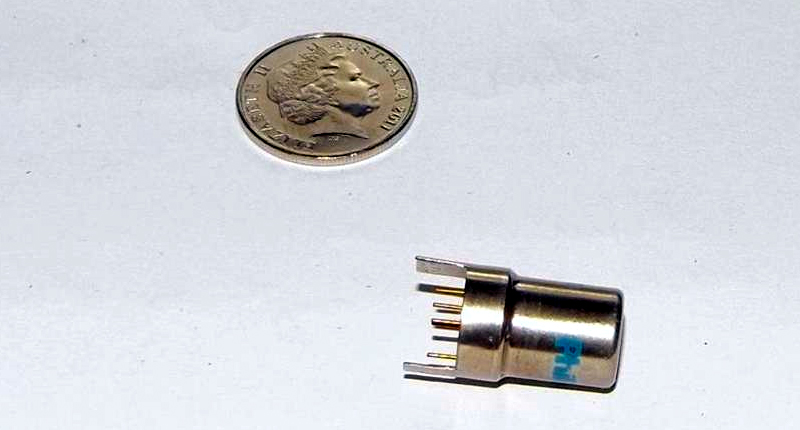Tech Talk
Forum home - Go back to Tech talk
|
NuVistor valves. New technology what are they?
|
|
|
« Back ·
1 ·
Next »
|
|
|
Return to top of page · Post #: 1 · Written at 8:30:44 PM on 13 October 2015.
|
|
|
|
Location: Latham, ACT
Member since 21 February 2015 Member #: 1705 Postcount: 2220 |
|
Hey have any of you guys seen these before and what are they used for . They are actually miniature metal valves.  |
|
|
Return to top of page · Post #: 2 · Written at 8:51:40 PM on 13 October 2015.
|
|
|
|
Location: Latham, ACT
Member since 21 February 2015 Member #: 1705 Postcount: 2220 |
|
Got this from Wikipedia. |
|
|
Return to top of page · Post #: 3 · Written at 11:57:26 AM on 14 October 2015.
|
|
|
|
Location: Hill Top, NSW
Member since 18 September 2015 Member #: 1801 Postcount: 2215 |
|
I have just one of them in my collection. I would expect them to be used where high sensitivity is required in a small space. |
|
|
Return to top of page · Post #: 4 · Written at 8:00:08 PM on 14 October 2015.
|
|
|
|
Administrator
Location: Naremburn, NSW
Member since 15 November 2005 Member #: 1 Postcount: 7564 |
|
Never seen one in my life I must admit. ‾‾‾‾‾‾‾‾‾‾‾‾‾‾‾‾‾‾‾‾‾‾‾‾‾‾‾‾‾‾‾‾‾‾‾‾‾‾‾‾‾‾‾‾‾‾‾‾‾‾‾‾‾‾‾‾‾‾‾‾‾‾‾‾‾‾‾‾ A valve a day keeps the transistor away... |
|
|
Return to top of page · Post #: 5 · Written at 4:41:49 AM on 15 October 2015.
|
|
|
|
Location: Oradell, US
Member since 2 April 2010 Member #: 643 Postcount: 835 |
|
I've seen them in TV tuners, and in ham radio VHF circuits. And as mentioned above, they were used in microphone amps, but I haven;t seen such, but then again I never worked in audio recording. Only playback. The physical small size works well for VHF and UHF work. Back in the late 50's and 60's, low cost transistors were not able to handle VHF and UHF. |
|
|
Return to top of page · Post #: 6 · Written at 10:03:24 AM on 23 October 2015.
|
|
|
|
Location: Hill Top, NSW
Member since 18 September 2015 Member #: 1801 Postcount: 2215 |
|
Had a look in the collection, and I was quite wrong. In fact, I have 3 of them, all of type 6CW4. |
|
|
« Back ·
1 ·
Next »
|
|
|
You need to be a member to post comments on this forum.
|
|

Sign In

Vintage Radio and Television is proudly brought to you by an era where things were built with pride and made to last.
DISCLAIMER: Valve radios and televisions contain voltages that can deliver lethal shocks. You should not attempt to work on a valve radio or other electrical appliances unless you know exactly what you are doing and have gained some experience with electronics and working around high voltages. The owner, administrators and staff of Vintage Radio & Television will accept no liability for any damage, injury or loss of life that comes as a result of your use or mis-use of information on this website. Please read our Safety Warning before using this website.
WARNING: Under no circumstances should you ever apply power to a vintage radio, television or other electrical appliance you have acquired without first having it checked and serviced by an experienced person. Also, at no time should any appliance be connected to an electricity supply if the power cord is damaged. If in doubt, do not apply power.
Shintara - Keepin' It Real · VileSilencer - Maintain The Rage
